Scientific Name: Paeonia spp.
Family: Paeoniaceae
Type: Herbaceous perennial
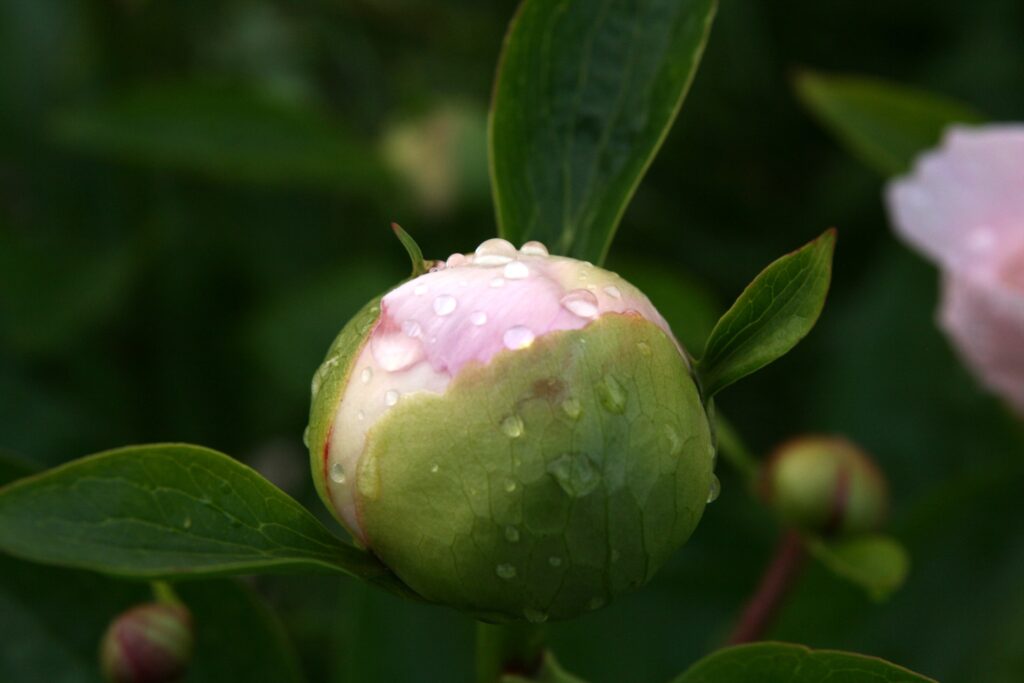
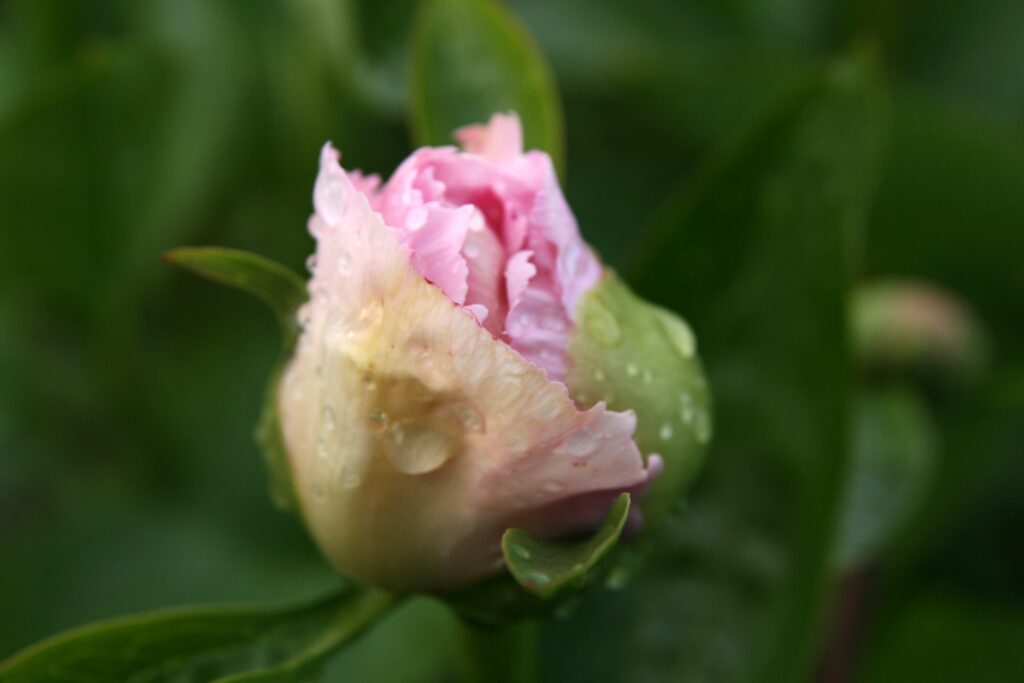
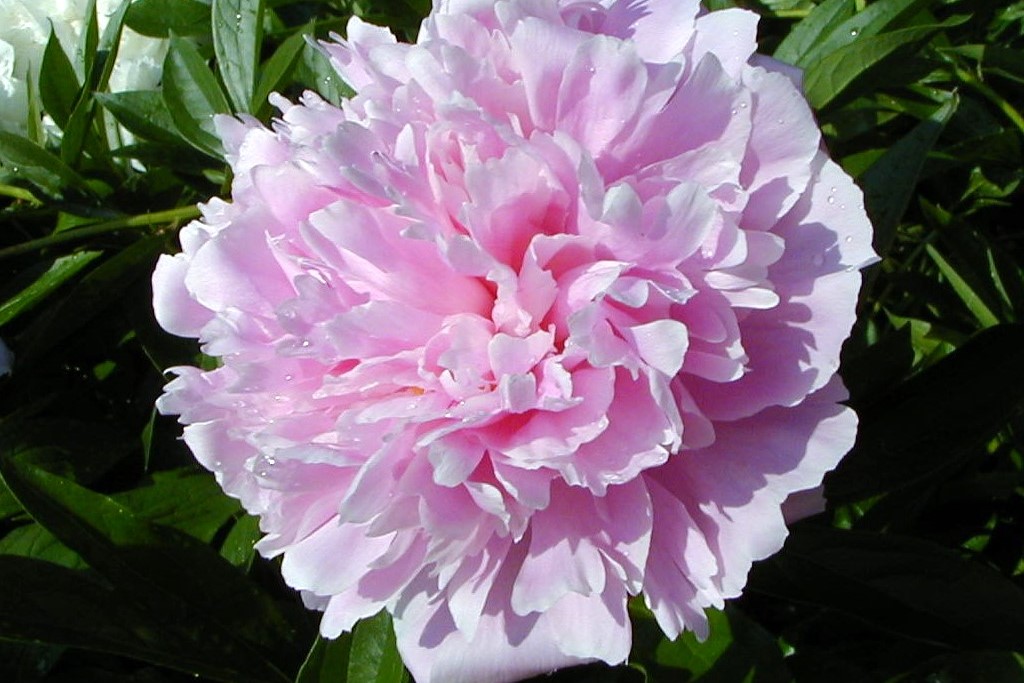
Peonies are a perennial garden favorite, celebrated for their large, fragrant blooms and exceptional longevity. From the wide selection of growth forms and varieties, peonies offer lush foliage and eye-catching blossoms, making them a centerpiece in any garden setting. Click each section to learn more about adding peonies to your garden.
Forms and Growth Habits
There are three main categories of peonies: herbaceous, tree, and Itoh (also called intersectional). Herbaceous peonies (P. lactiflora) are the most common and feature bushy mounds that die back to the ground in winter. Tree peonies (P. suffruticosa & more) are upright, multi-stemmed and woody and the woody stems are maintained year-round for next year’s growth. Itoh/intersectional peonies are a hybrid of the herbaceous and tree peony and have short woody stems that die back to the ground in winter.
Growing Conditions
Zone: 3-8
Light: Full sun (6 – 8 hours of direct sun)
Soil: Well-drained, neutral to slightly alkaline pH
Water: Water young plants moderately but avoid overly wet conditions as poor drainage will cause root rot; as plants age, drought tolerance improves.
Fertilization: Avoid excessive nitrogen fertilization which encourages foliage at the expense of blooms.
Planting Guidelines
To plant a peony tuber, dig a hole large enough to comfortably accommodate the plant’s root system. Position the peony plant in the hole so the buds are 1-2″ below the soil surface. Peonies often fail to bloom satisfactorily if the buds are more than 2″ deep. Consistently water newly planted peonies. Drought tolerance will increase with age of the plant. Most peonies, regardless of type, require 3′ – 5′ spacing between plants. Lightly mulch peonies with woodchips to help retain soil moisture and suppress weeds. Some peonies may require staking to support their heavy blooms. Deadhead flowers after bloom. In the fall, cut down all old leaves to ground level and destroy the debris (do not compost) for disease prevention.
Transplanting
September – October is the ideal time to transplant established peonies. Cut the peony stems down to near ground level. Carefully dig around and under each plant. Retain as much of the root system as possible. Promptly replant the peonies in their new location taking care not to bury buds deeper than 2″ in the soil. Transplanted peonies may not bloom after the first year they are transplanted but blooms will increase in subsequent years.
Division
Peonies do not require regular division but it is often done to create additional plants. In September – October, peonies can be propagated by dividing their tuberous root systems. Follow the steps above to dig up the peony. Gently brush away residual soil on the root system. Use a clean and sharp knife to divide the root clump into sections with each section containing 3 – 5 buds (eyes). Plant these divisions following the instructions above. Smaller divisions will require more time to develop into large plants.
Pests and Diseases
Peonies are relatively pest and disease resistance with the exception of Botrytis Blight (causes withered buds, wilting leaves, attacks stems, leaves, and flower buds), Leaf Blotch (looks like irregular brownish-purple spots on leaves), and Powdery Mildew (looks like white dust on leaves). These diseases are rarely lethal to peony and can be managed by diligent removal of all above-ground plant material each fall, spacing plants for proper air circulation, and avoiding excess watering.
Ants are commonly seen on peony blooms and are not a threat to plant health. Ants are attracted to the sweet nectar produced in peony buds though peonies do not require a symbiotic relationship to ants to properly bloom.
Are peonies native to North America?
Yes and no. Wild peonies are only found in the temperate northern hemisphere. The genus, Paeonia, is native to various parts of Europe, Asia, and Western North America. Different species within the genus are native to specific regions. For example, P. lactiflora is native to eastern Asia. P. officinalis is native to southern Europe. P. brownii and P. californica are native to the Western United States. The two species native to the Western United States are not commonly grown as cultivars in home gardens.
Are peonies good for pollinators?
Peonies are not typically considered a top choice for pollinator gardens due to short bloom times and hybrid flower structure. However, more open and single-flower forms have superior value to pollinators as they provide better access to nectar and pollen. Double-flowered varieties make it difficult for pollinators to access these food sources.
Additional Peony Resources:
Peony Disorders: Phytophthora and Botrytis Blight
Penn State Peony Information
Iowa State Peony Information
American Peony Society

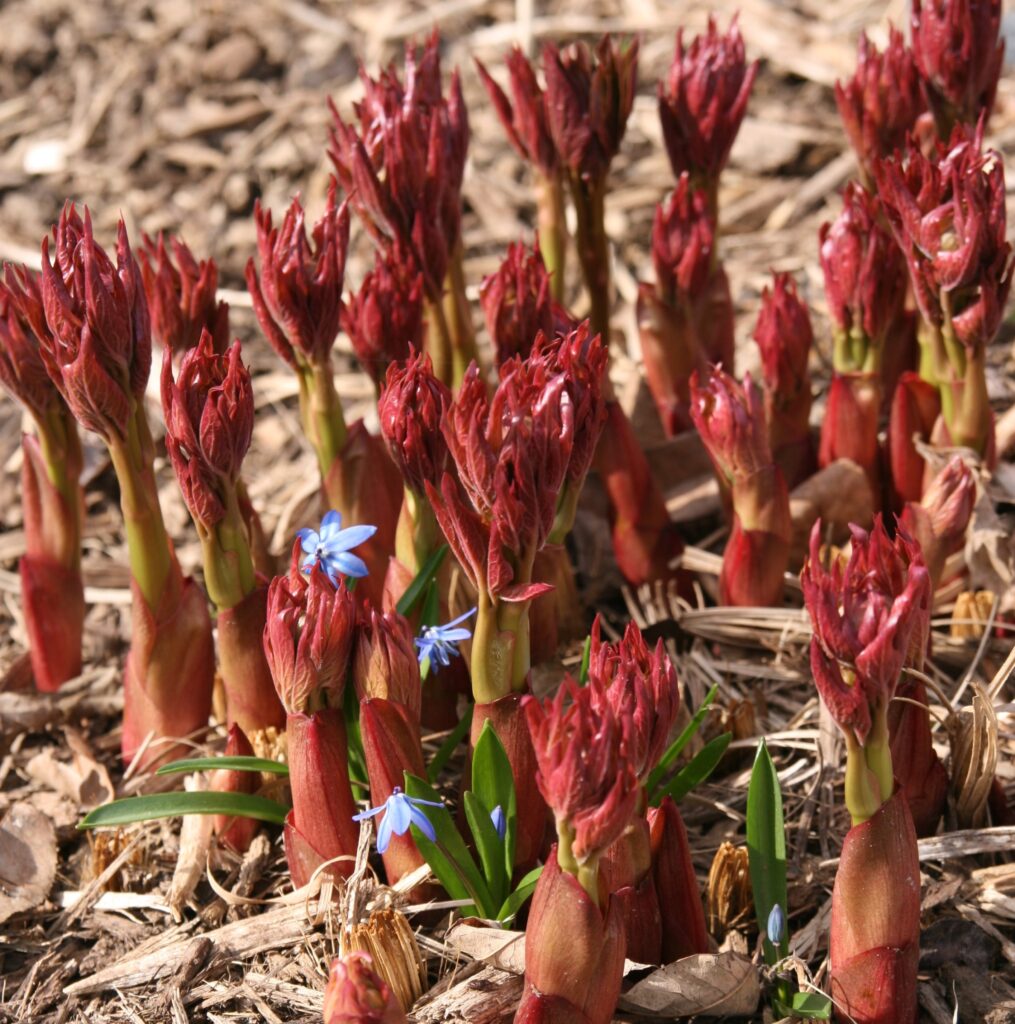

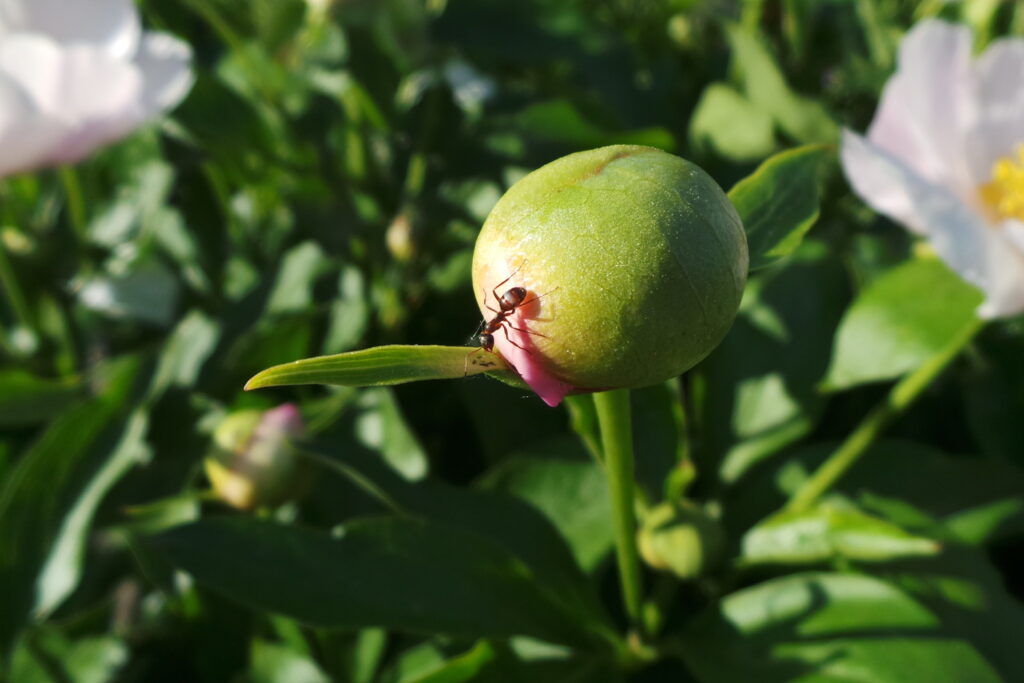

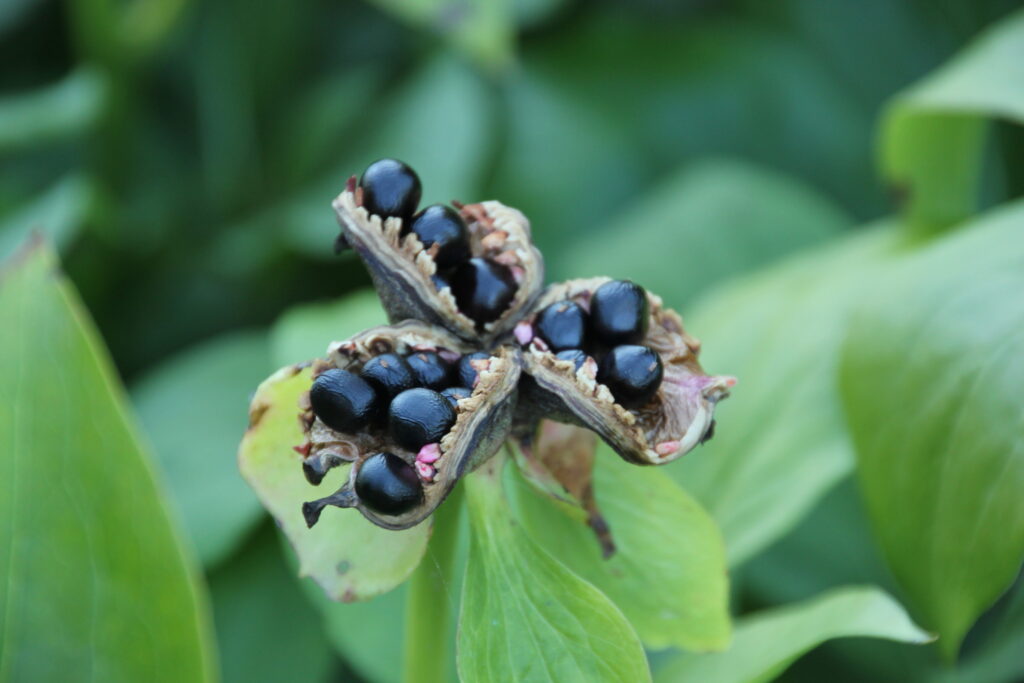
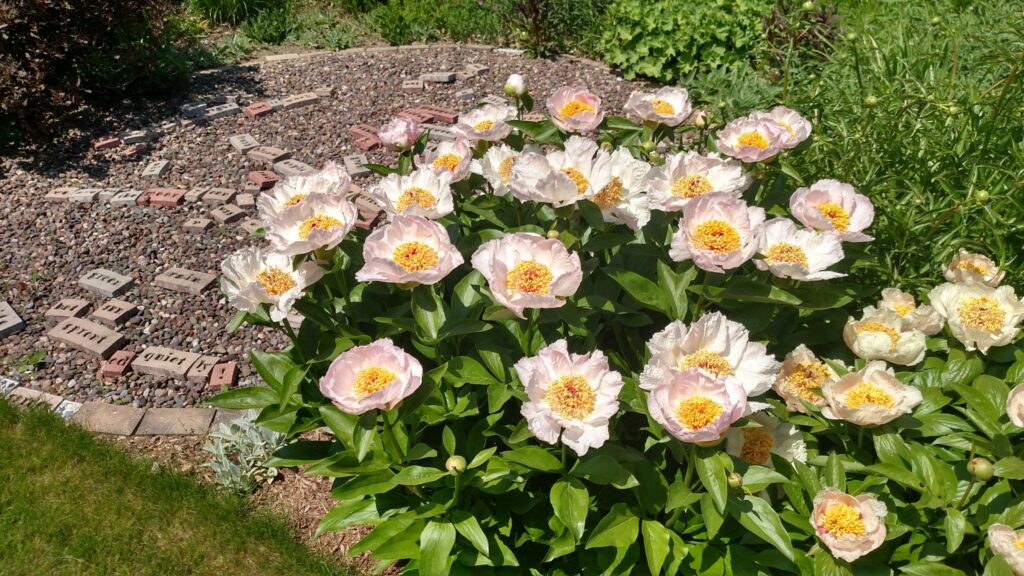
Author: Lauren Mortensen
Photos: Susan Mahr






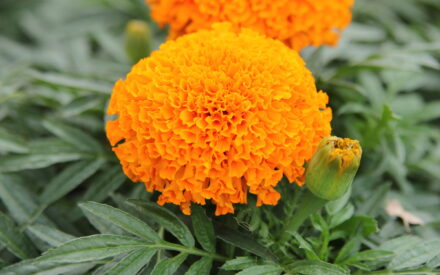 Marigolds
Marigolds Landscaping Alternatives for Common Invasive Wetland and Aquatic Plants
Landscaping Alternatives for Common Invasive Wetland and Aquatic Plants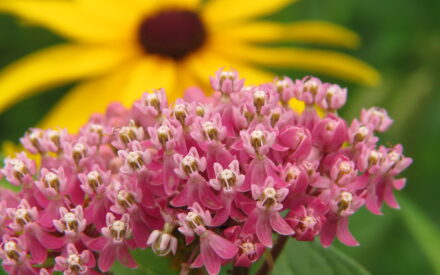 Landscaping Alternatives for Terrestrial Invasive Flowers and Grasses
Landscaping Alternatives for Terrestrial Invasive Flowers and Grasses Alternatives to Lawn: Groundcovers
Alternatives to Lawn: Groundcovers


